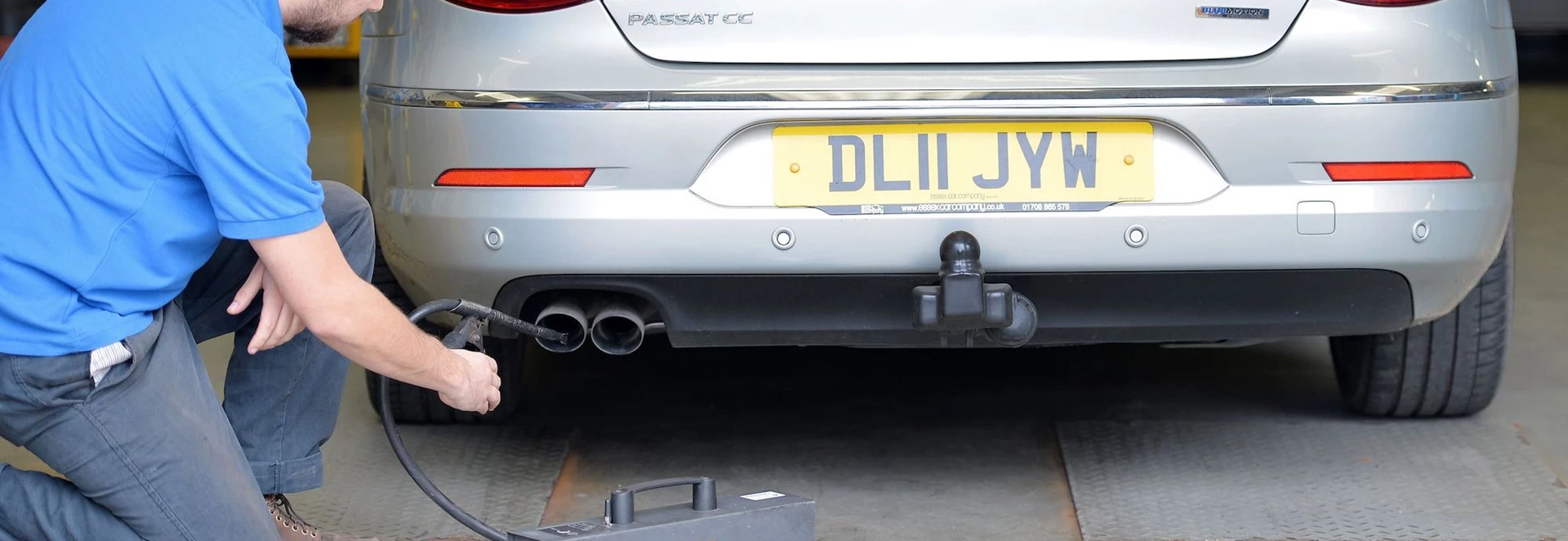The Worldwide Harmonised Light Vehicle Test Procedure (or WLTP) is the new laboratory test process to give a more accurate representation of how much fuel your car uses and the amount of harmful chemicals it emits under standard conditions.
Coming into force on September 1, WLTP replaces the New European Driving Cycle (NEDC) test which was in place from 1972 and received an update in 1992. However, it has since become less representative and outdated, which is why WLTP is being introduced.
WLTP has been enforced on new vehicles since September 2017, but the process will now be used on all vehicles on sale.
But what are the differences between NEDC and WLTP, and how will it benefit drivers in the future? We take a look…

What’s changed with WLTP?
There are nine major areas where the testing of vehicles has changed, and the alterations will likely provide a more accurate representation for manufacturers and testers about the running of each vehicle.
Here are the main changes:
- Test cycle includes more variety to better simulate real-world driving
- Cycle time has increased by 50 per cent from 20 to 30 minutes
- Distance of the test has doubled from 6 miles up to almost 14.5 miles
- More dynamic phases and near-even split between urban and rural driving
- Average speed of the test up from 21mph to 28.9mph
- Max speed during the process up from 74mph to 81mph
- Accessing the effect of optional equipment that can alter CO2 output and fuel usage
- Different gear shift points depending on the vehicle
- Measurement taken at 23 degrees Celsius, rather than in a range
Both NEDC and WLTP results will be shown with vehicle data until September 2019, at which point NEDC test results will be discounted.

What are the benefits of these changes?
Put simply, it will make Europe’s testing of vehicles much more accurate and in-line with real-world conditions for drivers across the continent.
The main upsides of these changes will be that cars will be tested alongside more realistic driving behaviour, over a greater range of driving environments and distances, see how additional equipment can affect your returns, and give customers a better idea of how the car will perform when put in more realistic conditions.
There will still be a difference between the WLTP results and real-world returns as not all parameters, behaviours and conditions can be covered – but it will be much closer to real-life than NEDC testing.




